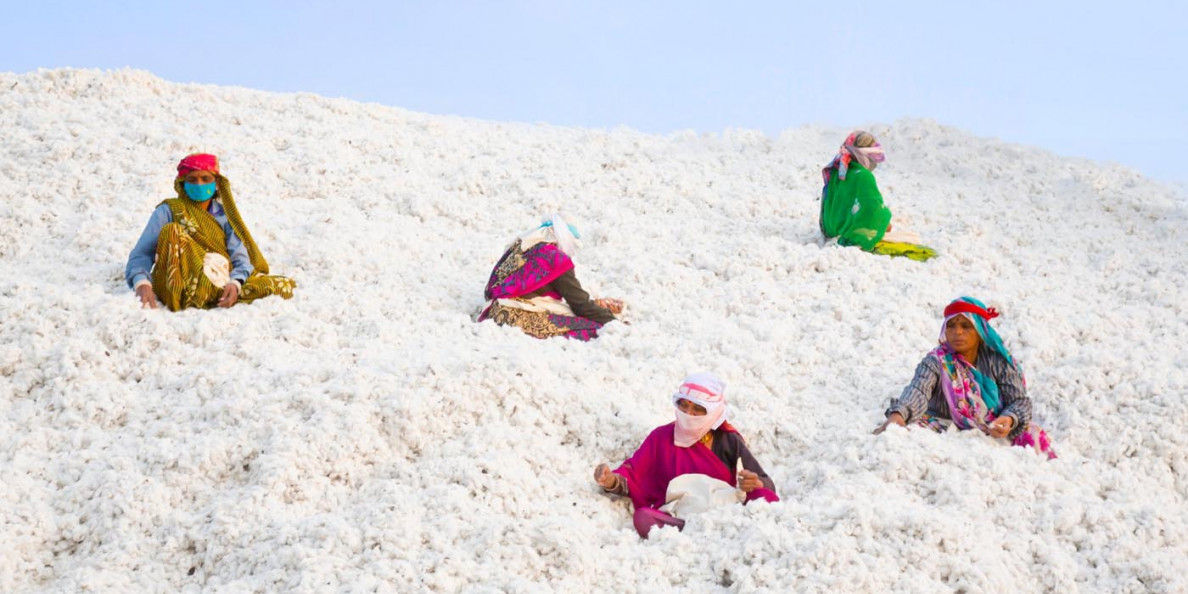Textile Exchange's 2020 Organic Cotton Market Report, released today, reveals data collected for the 2018/19 harvest year. The report shows an increase of 31 percent in organic cotton production over the previous year, making it the second-largest harvest on record after 2009/10. In addition to data per region, the report is sprinkled with insights from industry professionals about their current projects, challenges, successes, goals, and visions for the organic cotton sector, with a particular focus this year on impacts of, and responses to, the dual threat of COVID-19 and climate change.
In summary, the results show that 222,134 farmers grew 239,787 metric tons of organic cotton in 19 countries on 418,935 hectares. In addition, 55,833 hectares of cotton-growing land was in-conversion to organic, helping to meet the increasing demand.

While this report celebrates growth in global organic cotton production and the important contributions this makes to the health of people, the environment, and farming communities around the world, Textile Exchange is highly conscious of the turmoil the world is in right now. From the omnipresent Coronavirus pandemic to reports of egregious human rights abuses within the textile industry and our communities – we are not short of reasons to support farming and processing systems that protect the health of people and the planet.

To create a complete picture of global organic cotton supply, the 2020 Organic Cotton Market Report shares production data from all regions growing certified organic cotton around the world, totaling 19 countries. According to report findings, 97 percent of global organic cotton was produced in seven countries: India (51 percent), China (17 percent), Kyrgyzstan (10 percent), Turkey (10 percent), Tajikistan (5 percent), Tanzania (2 percent), and the USA (2 percent).
Of the 55,833 hectares of land in-conversion to organic, India and Pakistan are leading the way followed by Turkey, Greece, and Tajikistan. Looking to the future, pre-COVID estimates show that global organic cotton production will grow by a further 10 percent in 2019/20.
The number of facilities certified to leading voluntary organic textile standards increased substantially in 2019, with facilities certified to the Organic Content Standard (OCS) growing 48 percent and the Global Organic Textile Standard (GOTS) up 35 percent.
The next few months will no-doubt unveil challenges that businesses are enduring, and it will be no different for cotton farmers as the unpredictability will impact the next growing cycle. The future will require much more transparency and sharing of the risks and rewards as we collectively aspire to “Climate Action” as well as the other 16 UN Sustainable Development Goals. Communication, trust, and commitment will be key!
Source: Textile Exchange

